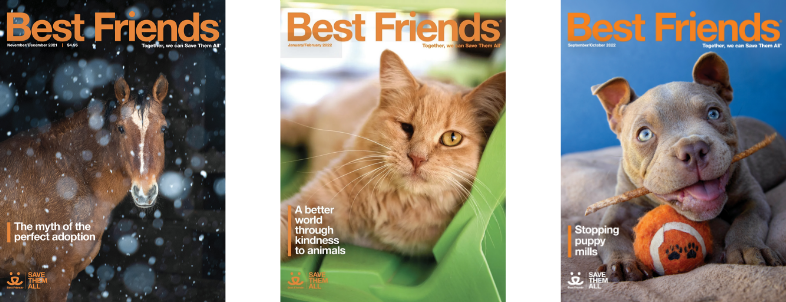Wobbly kitten gets by with help from his friends

Kittens all start off the same way — just barely able to squirm their way around by their momma’s belly. It takes them about three weeks to start walking and a bit longer to really figure out how to coordinate all their little limbs. So, it wasn’t immediately obvious that there was any difference between Dione and his siblings; however, as they were starting to gain confidence in their movements, he still hadn’t gotten his feet underneath him.
[Blind kitten with the heart of a lion]
Dione was born with cerebellar hypoplasia (also referred to as “CH,” or “wobbly cat syndrome”), a neurological condition that affects his motor skills. This meant that even as he got bigger and stronger, there was just no way to make his back end work together with his front to get him standing up straight and walking forward. But this kitten would quickly figure out his own way of navigating the world around him, with help from a few older and wiser cats to show him the way.

Kitten social studies
It was a few weeks after the feline family arrived at Best Friends Animal Sanctuary when Dione’s siblings were starting to play, and his lack of coordination put him at a disadvantage.
As they play, kittens learn from one another — what is appropriate and what isn’t. They figure out how gentle they need to be with their teeth and claws, and how to communicate effectively with body language. Dione just couldn’t keep up with his rambunctious siblings, and so he was picked on.
[Kitten who once needed extra TLC becomes resident kitten ambassador]
Lisa Anderson, one of Dione’s caregivers, saw what was happening. Of course, Dione still wanted to play and he needed to learn all of those important kitten things. Lisa had another option in mind for him.
Her home was full of potential playmates, cats who were all a little more mature and had long since learned proper feline manners. Plus, being in a home would give Dione plenty of open space to figure out how to get around in his own unique way. So, to Lisa’s house, he went, as the newest foster kitten in the family.

Setting up a home for a cat with cerebellar hypoplasia
Lisa made sure the feline necessities at her house were Dione-friendly. Area rugs helped him get around since his preferred way is to propel himself forward while lying down on his side. He propped himself up to eat out of a silicone bowl with a suction cup on the bottom to keep the extra soupy mix stable, even if Dione bumped it as he ate.
As he began to settle in, the couch became his favorite playground. By leaning against the back of it, he can stand up with all four feet and tumble around to his heart’s content. It also gives him the perfect view of the rest of his domain. “He likes to watch everybody,” says Lisa.
[Inspiration from a kitten foster volunteer]
In no time, Dione wasn’t just watching the other cats, he dove in to play too. While some of the other cats kept their distance from the energetic kitten, the rest welcomed him with playful paws. Porcini, a young tabby also being fostered, was especially interested in the newcomer and the two hit it off.
Dione couldn’t have been happier with his playmate, and just like that, he went from being the kitten no one would play with to officially joining the group. The tiny little guy has overcome every challenge life throws at him in his young life. That will serve him well when he heads off on his next adventure: a home of his own.

This article was originally published in the January/February 2023 issue of Best Friends magazine. Want more good news? Become a member and get stories like this six times a year.
Kittens need your help
Sign up with your local shelter to foster kittens and help save lives during kitten season.
Read more
Tiny kitten goddess with ‘kittentude’ comes back from the brink
Senior cat with cerebellar hypoplasia gets another chance at happily-ever-after
